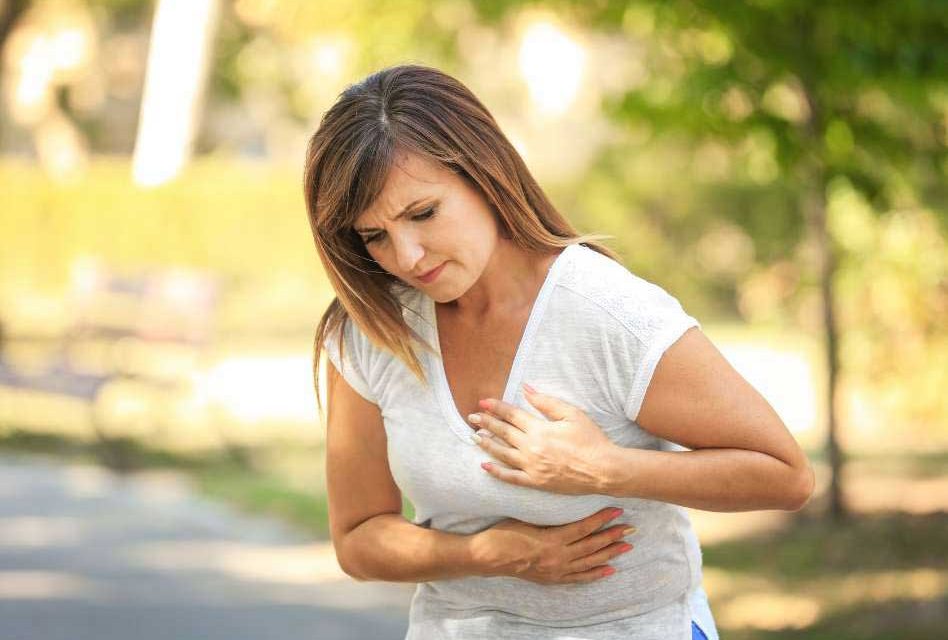Heart disease is often thought of as a “man’s disease,” but it is the leading cause of death in women in the United States, with one in every five women dying from this illness. Even without symptoms, women can still be at-risk for heart disease. According to the American Heart Association, almost 64 percent of women who die suddenly from coronary heart disease have no symptoms. That’s why it is important for women to be aware of the risks and take preventive steps. For those with heart disease, it is vital to take good care to minimize the progression of the illness.
Heart Disease Risks in Women
Traditional risk factors for heart disease are diabetes, hypertension, abnormal cholesterol levels, obesity, physical inactivity and smoking. These are not different for men and women. However, there are some evolving risk factors that are unique to women:
- Preterm delivery
- Hypertensive disorders in pregnancy
- Gestational diabetes
- Autoimmune diseases such as rheumatoid arthritis and systemic lupus erythematosus
- Radiation for left-sided breast cancer
- Persistence of weight gain after pregnancy
Compared to men, premenopausal women are relatively protected against heart disease, and this is probably related to estrogen. This gap narrows after menopause. Some studies have shown that estrogen replacement can help protect the heart, but randomized controlled trials did not show a benefit. For now, the current recommendations are that estrogen can be used in early post menopause (within 5 years) at the lowest dose possible to treat postmenopausal symptoms and not for heart protection.
Recognizing Symptoms of a Heart Attack in Women
Heart disease can occur in different forms, but the one most people are familiar with is a heart attack. A heart attack occurs when the flow of blood that brings oxygen to the heart gets reduced or cut off. That happens when the arteries that bring blood to the heart narrow due to fat, cholesterol or plaque.
Symptoms of a heart attack in women may be different from symptoms in men. While women may feel crushing pain in their chest, the symptoms also may be more subtle and may come and go. They include:
- Shortness of breath
- Pain or discomfort in the arm, back or neck
- Upper back pressure
- Dizziness
- Vomiting
- Lightheadedness
These symptoms can be mistaken for other illnesses, such as the flu or acid reflux. But if those symptoms are signs of a heart attack, it is important to get treatment right away to limit the damage that may be occurring in the heart due to lack of blood flow.
Reducing Risk of Heart Disease in Women
To lower the chances of developing heart disease, women should lead an active and healthy lifestyle, controlling as many risk factors as possible.
- Get regular exercise. The Department of Health and Human Services recommends 150-300 minutes of moderate intensity activity per week or 75-150 minutes of vigorous intensity exercise per week for adults.
- Eat a healthy diet. One of the best diets for cardiovascular health is the Mediterranean diet, which includes a variety of fresh fruits and vegetables, whole grains, nuts and legumes, low fat dairy products and skinless poultry and fish. Red meat, sweets, sugars and sugar sweetened beverages should be avoided.
- Take aspirin if recommended for existing heart disease. Anyone with heart disease should be on an aspirin regimen unless it is contraindicated. The American Heart Association recommends use of 81mg of aspirin every day for women over 65 years of age if the benefits outweigh the risks. Women should talk with their doctor about their individual risks and advantages of taking aspirin.
Women should be aware of their risk and should not ignore symptoms. Prompt medical attention is important for short- and long-term prognosis. In addition, it is vital that women take aggressive action to control their risk factors and that they see their doctor regularly.
Source: Orlando Health, www.orlandohealth.com


















